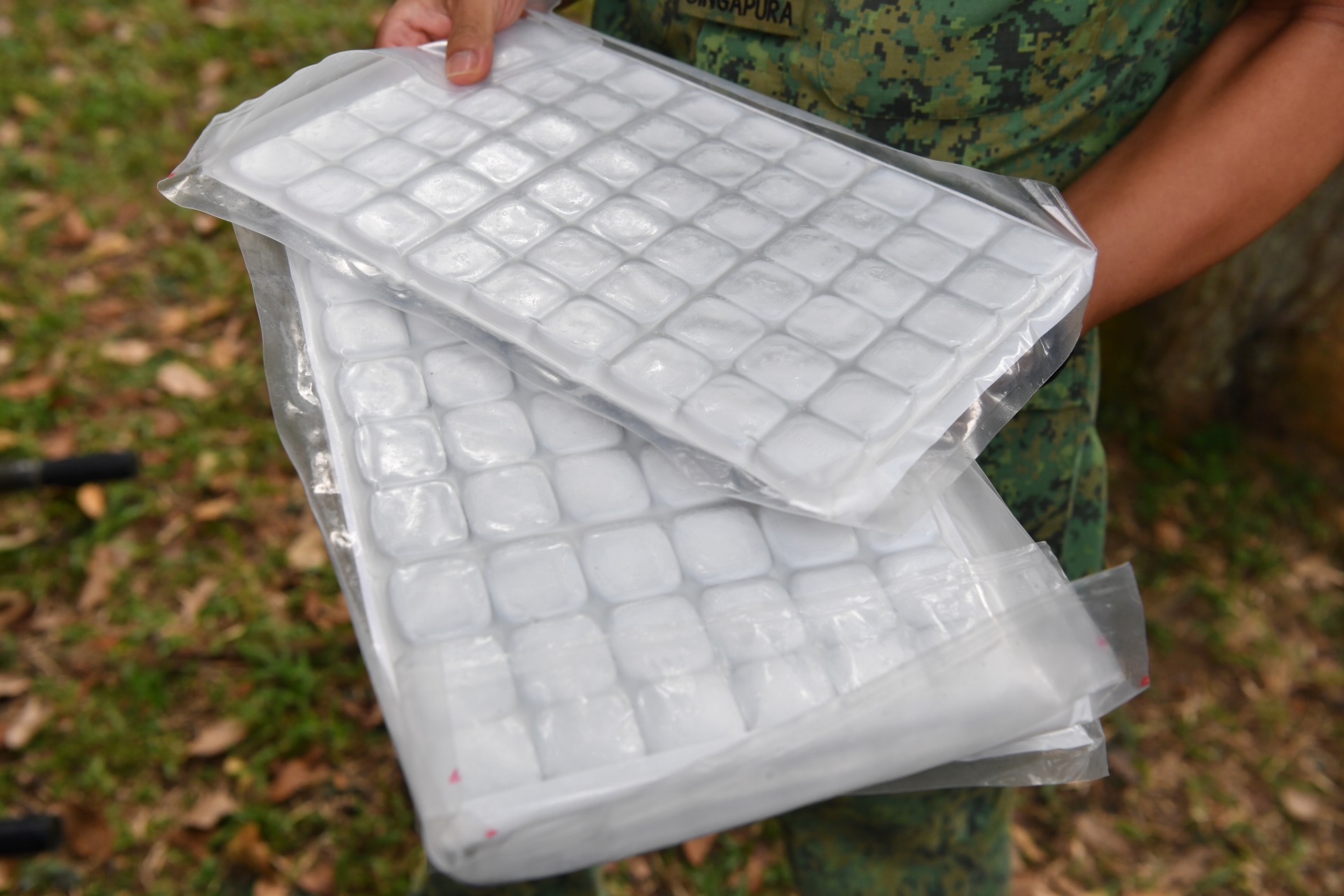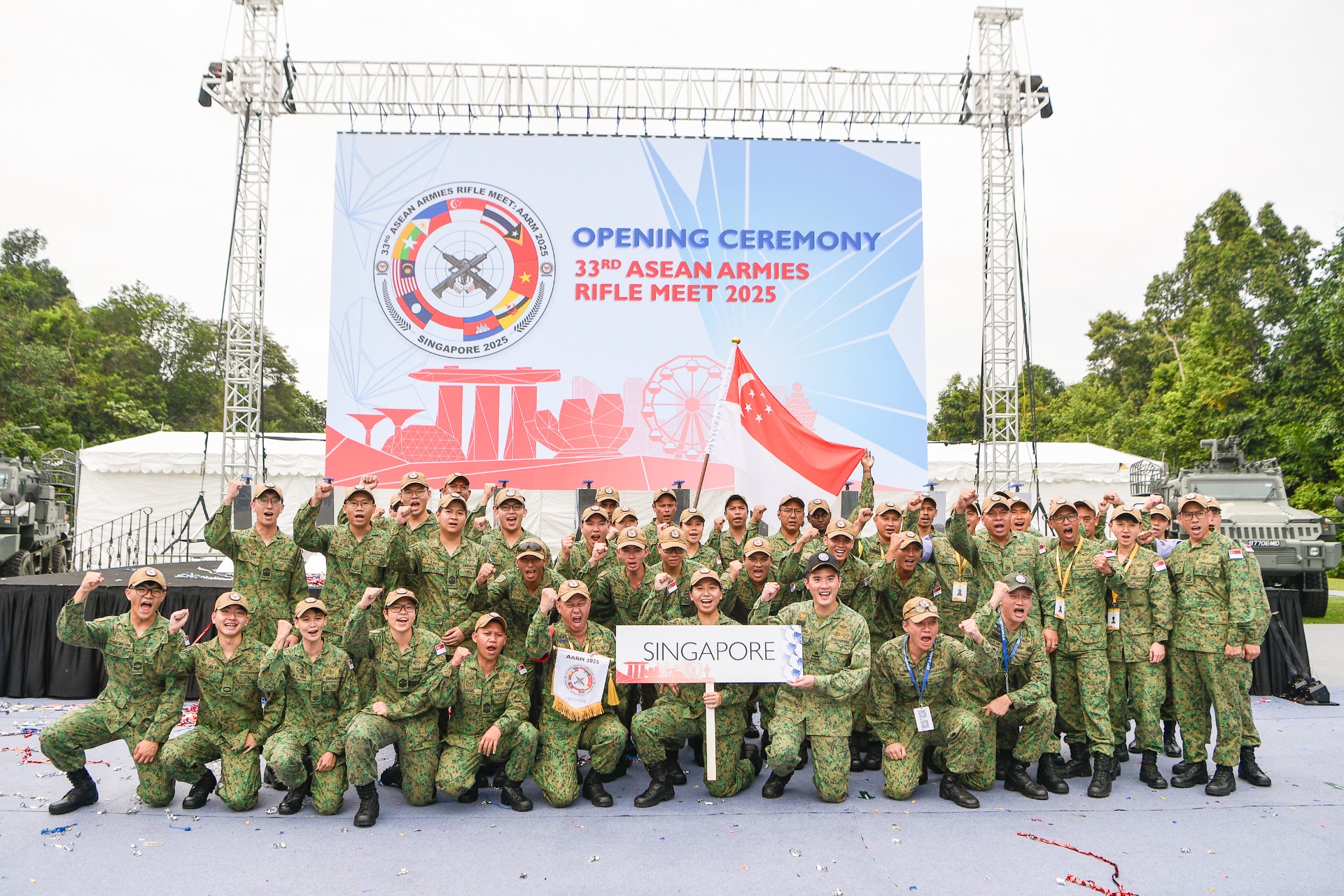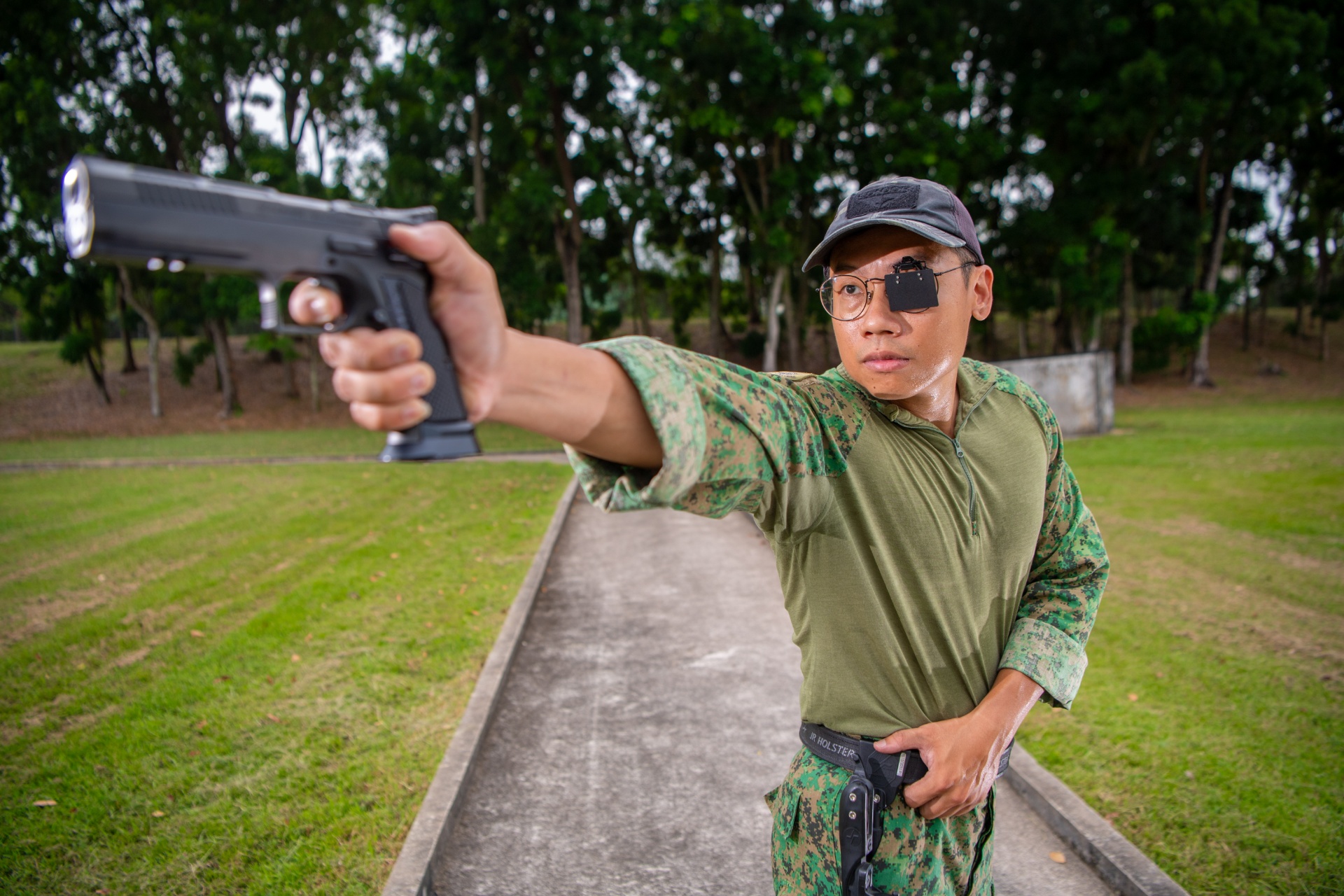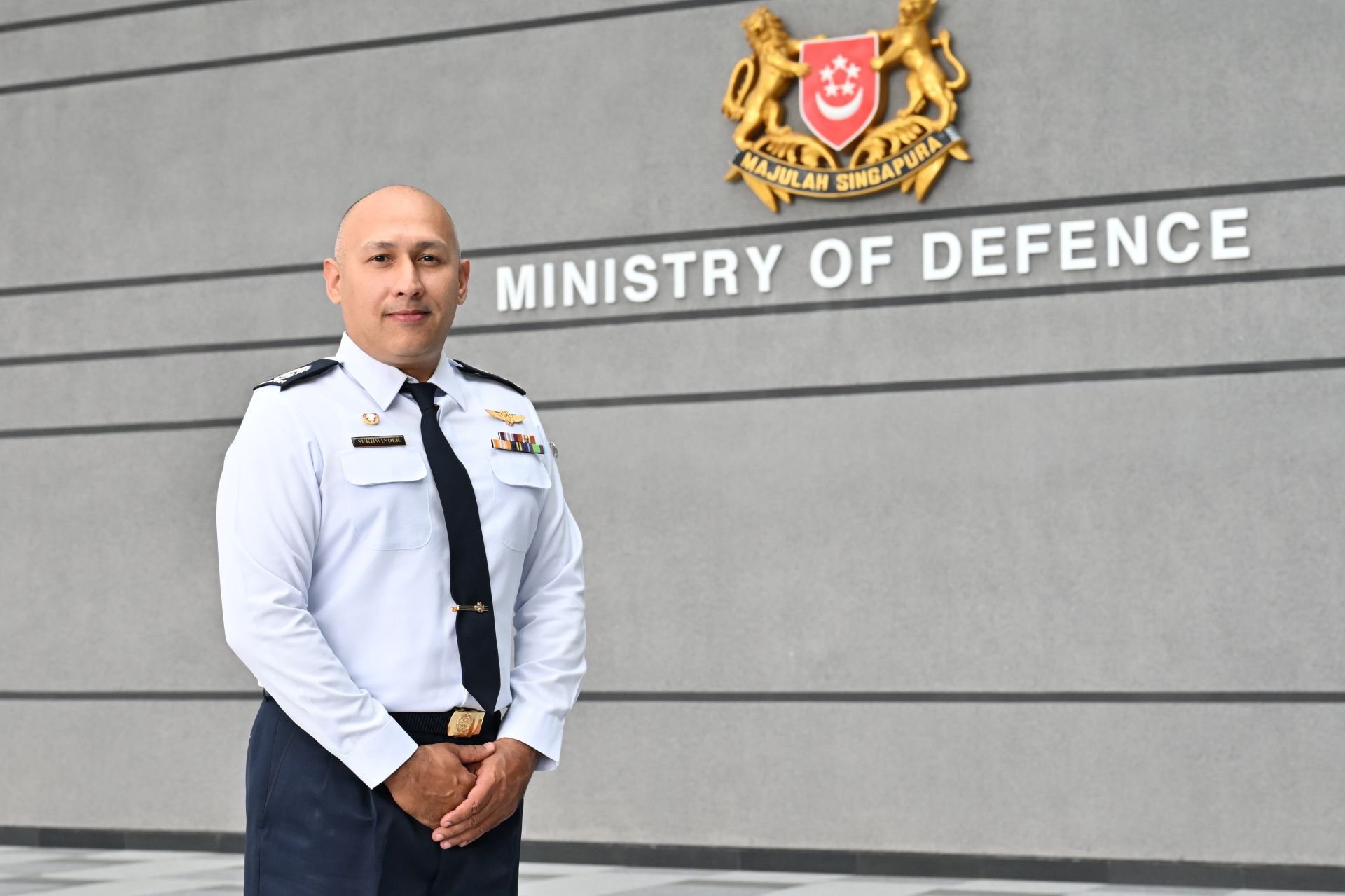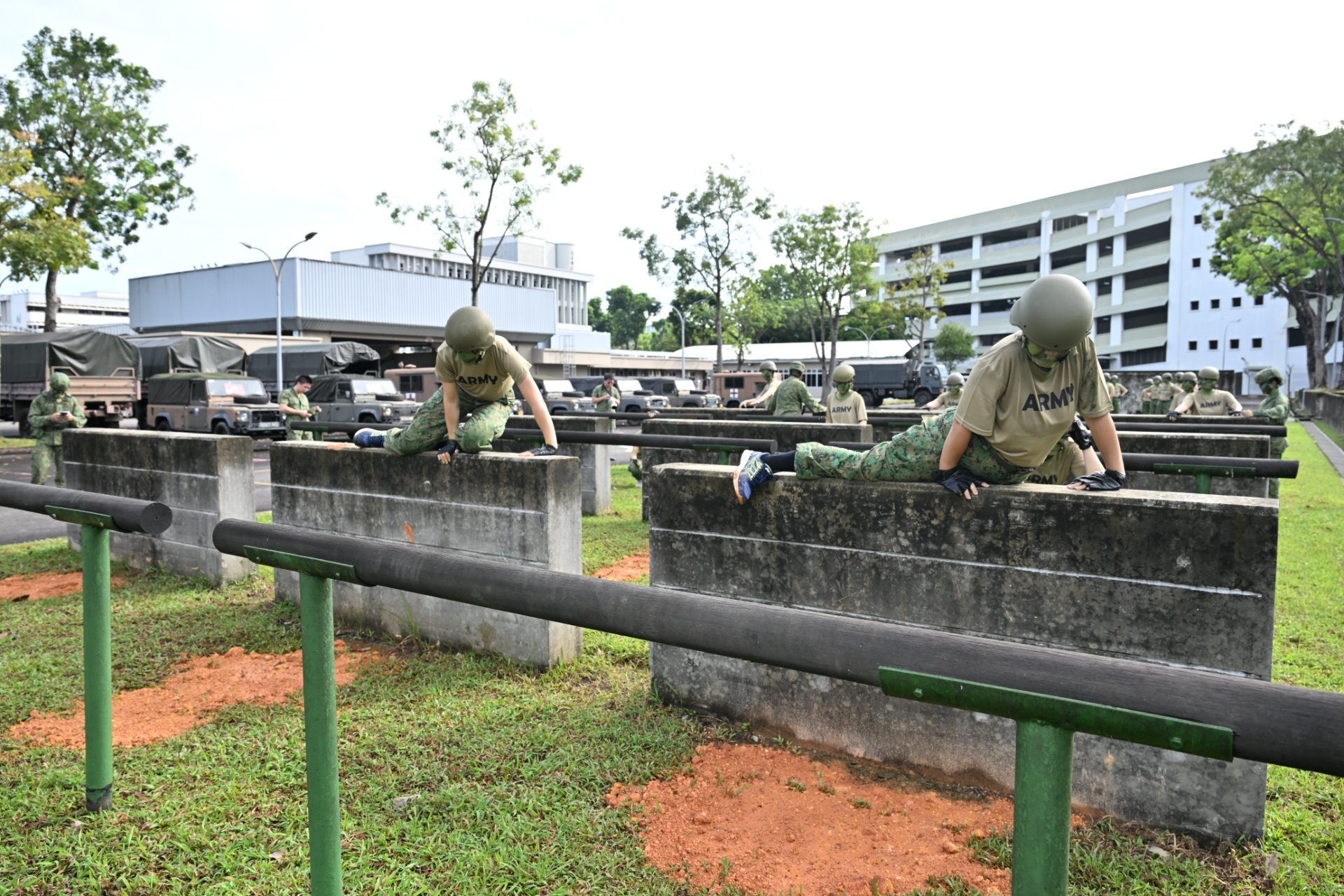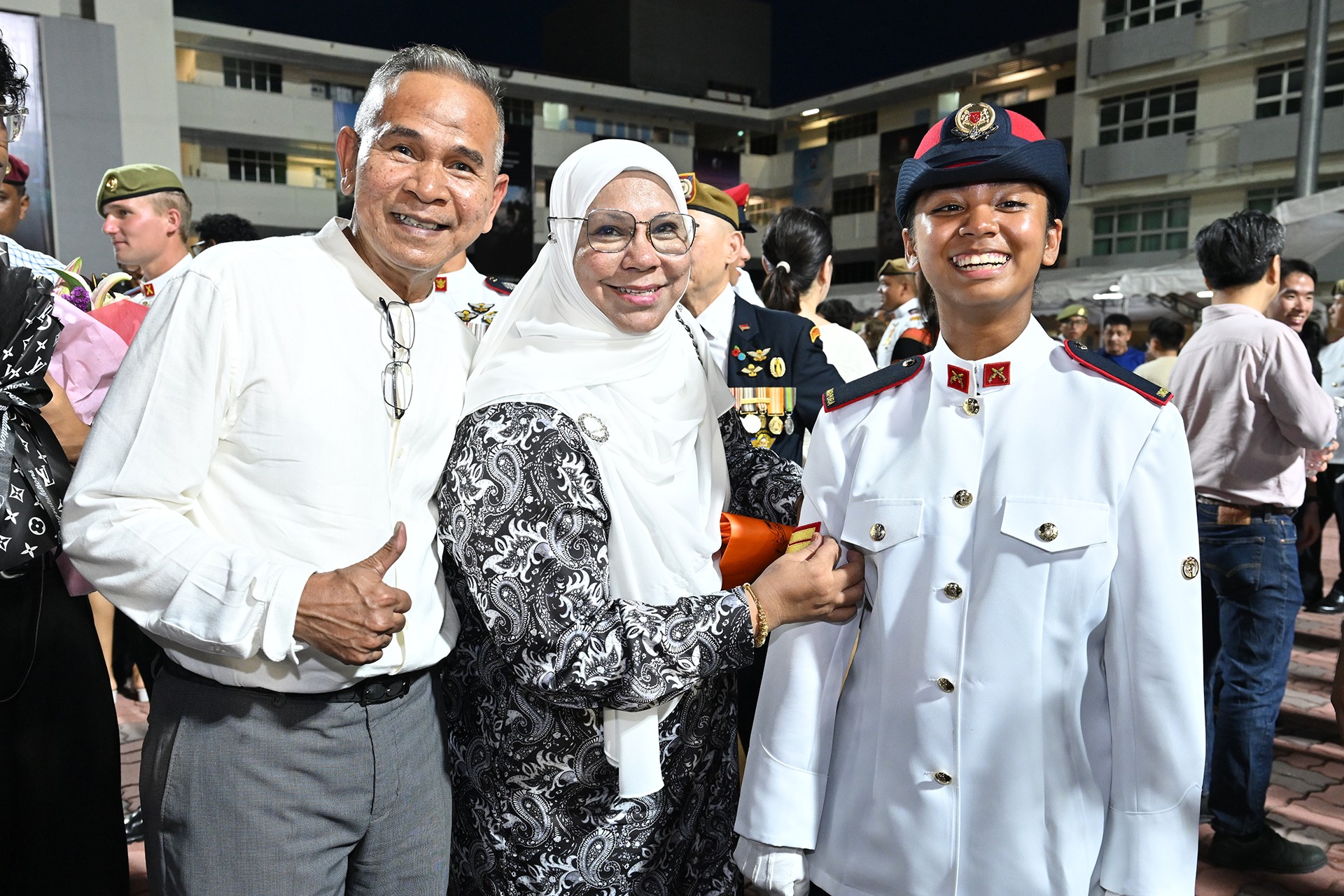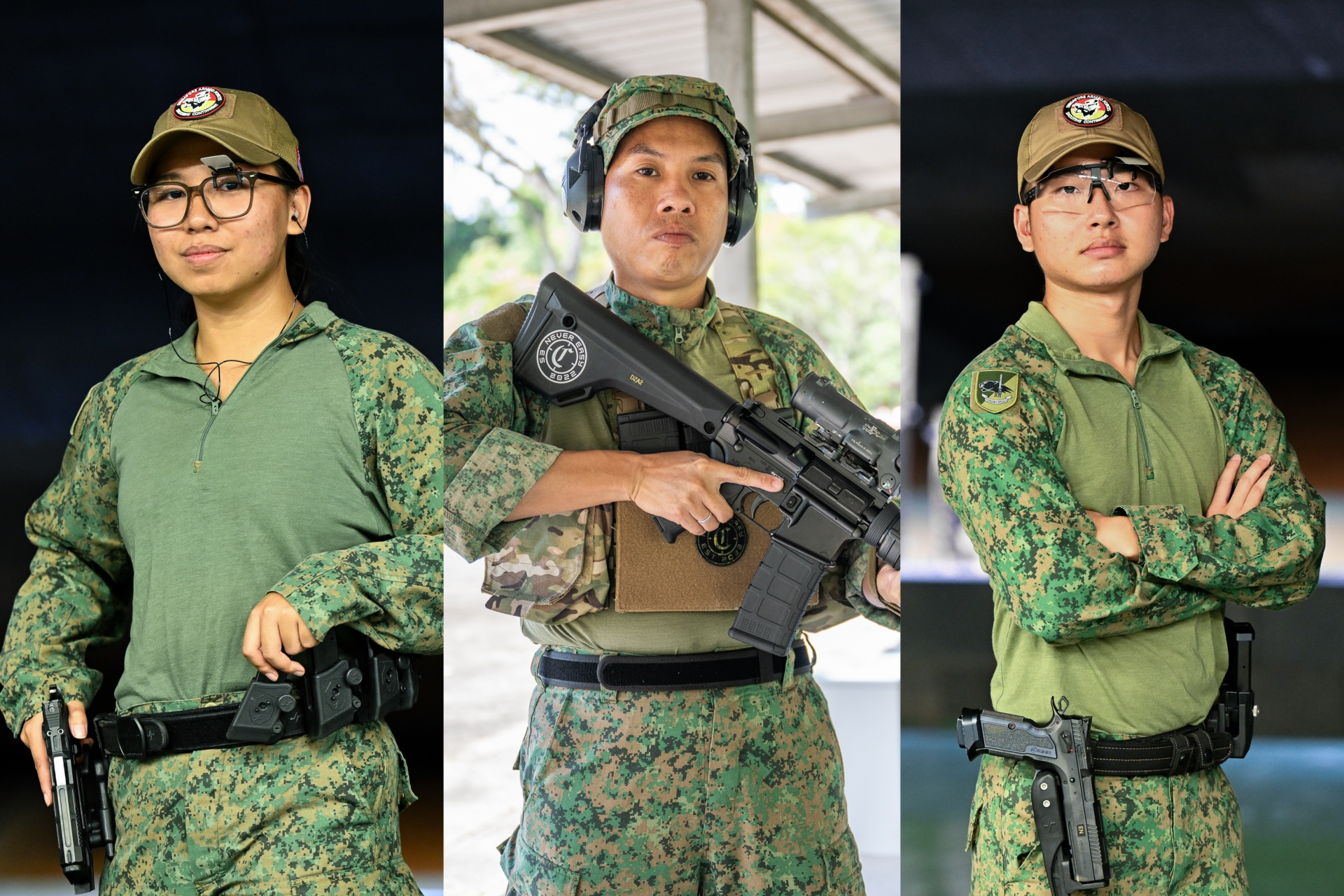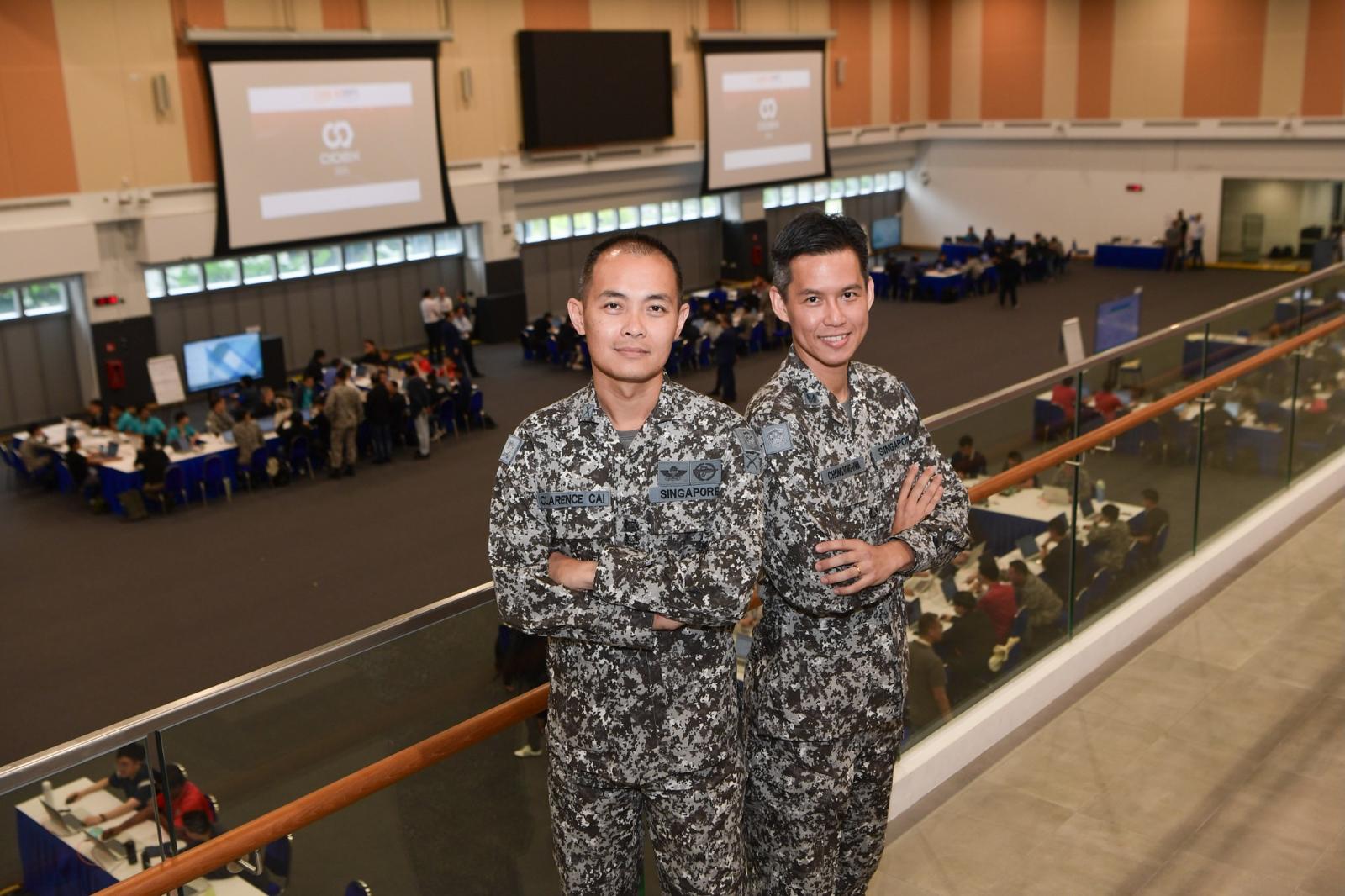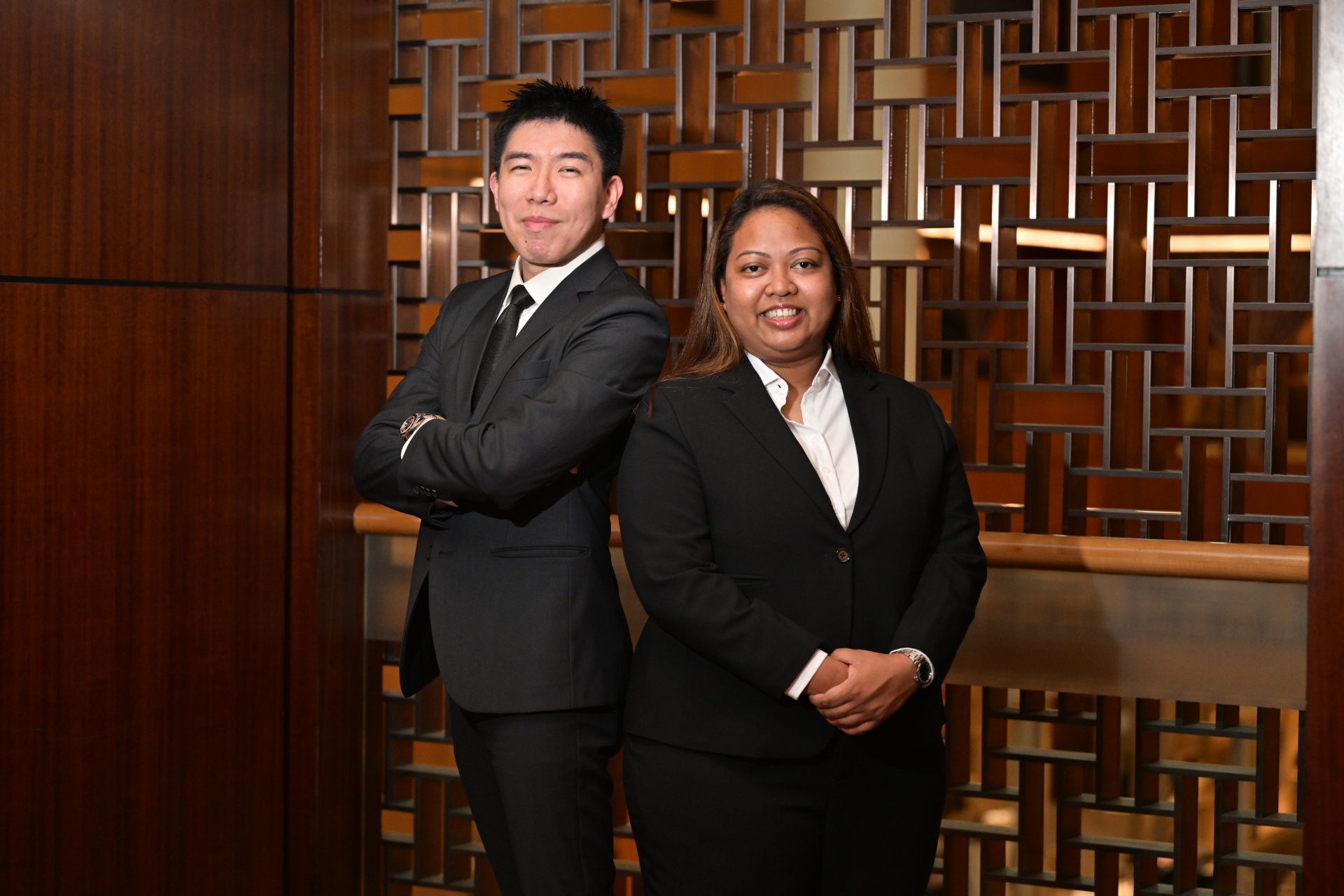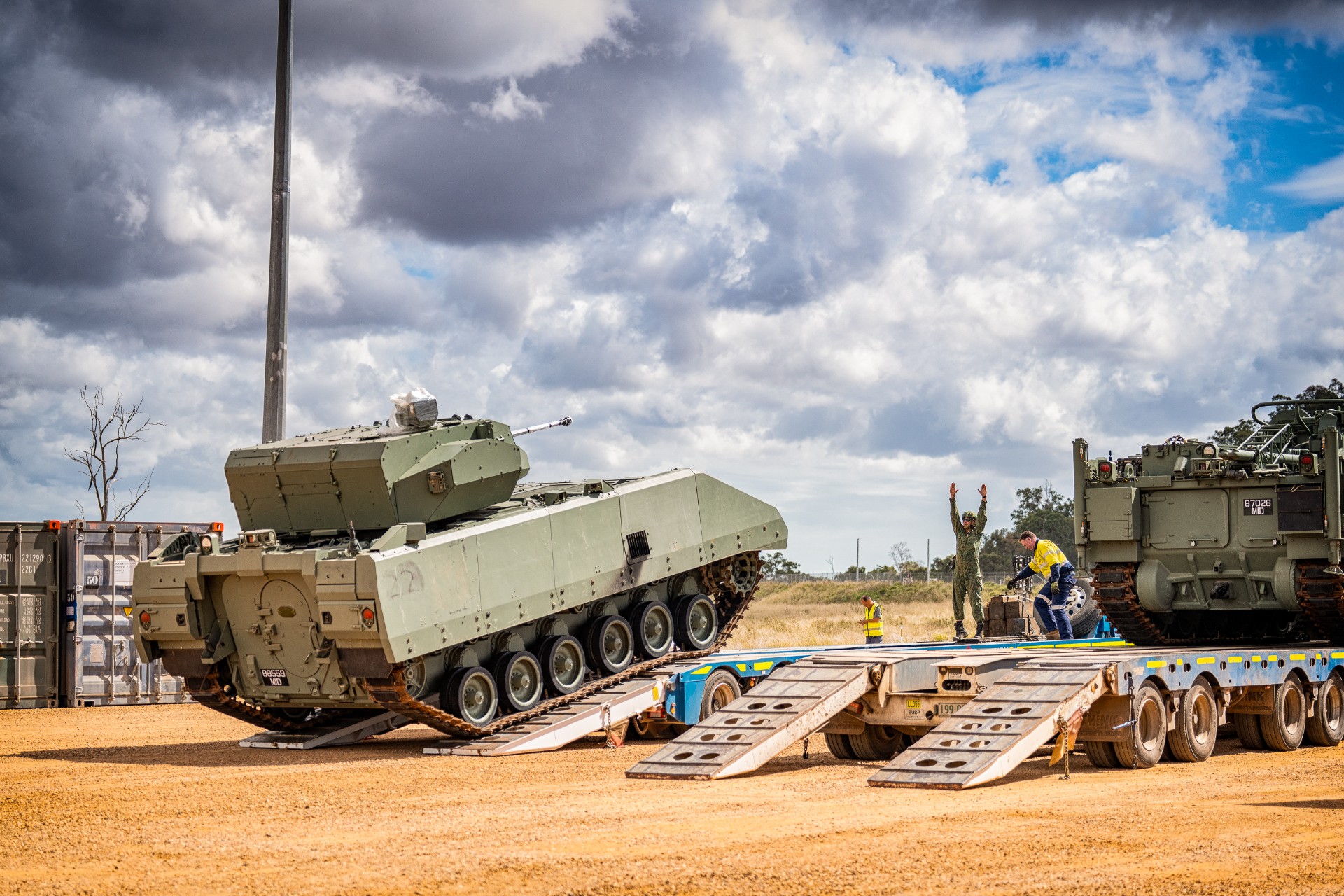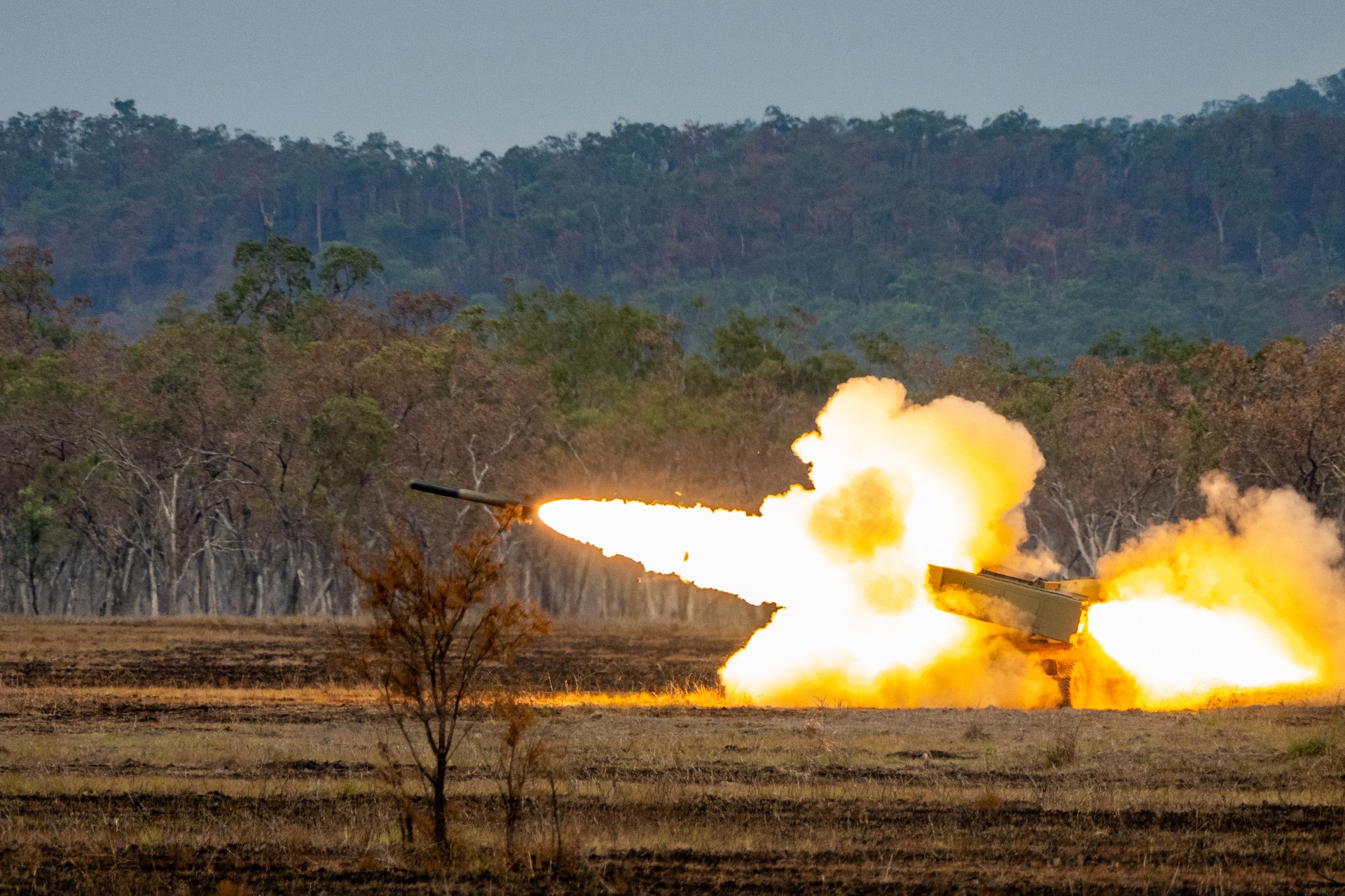SAF IMPLEMENTS ADDITIONAL MEASURES TO REDUCE HEAT INJURY RISKS
// Report by Teo Jing Ting
// Photos by PIONEER photographers
We need a strong Singapore Armed Forces (SAF) that can defend Singapore but it must and can be built up without compromising the safety and well-being of Singapore's precious sons serving their National Service (NS).
Minister for Defence Dr Ng Eng Hen made this point in a Ministerial Statement in Parliament on 6 Aug, where he spoke about the Committee of Inquiry's (COI's) preliminary findings on Corporal First Class (CFC) Dave Lee's death.
The Full-time National Serviceman passed away from heatstroke on 30 Apr after spending almost two weeks in intensive care at Changi General Hospital.
Dr Ng said that the possible reasons for the 19-year-old Guardsman succumbing to heatstroke were inadequate on-site casualty management and a delayed evacuation to the Bedok Medical Centre.
In his statement, Dr Ng also spoke on comments and recommendations made by the External Review Panel on SAF Safety (ERPSS) and the External Review Panel on Heat Injury Management (ERPHIM), in view of the preliminary findings.
The panels highlighted the need to strengthen commanders' knowledge on heat injuries and when best to pull out soldiers who look unwell or are struggling to cope. They also emphasised the need for medics to exercise their professional authority when dealing with medical issues and communicate effectively with senior commanders.
Sound measures found, with room for improvement
Commissioned in May by the Ministry of Defence (MINDEF) to examine SAF's heat injury policy and processes, the ERPHIM found that the SAF's measures were generally sound and aligned with prevalent industry and foreign military practices. However, there was scope for further enhancements.
Commander Army Training and Doctrine Command (TRADOC) Brigadier-General (BG) Kenneth Liow announced that the SAF will be taking up ERPHIM's recommendations on heat injury prevention measures.
This included implementing a simplified evacuation protocol, improving heat injury awareness, strengthening an open reporting culture, providing more opportunities for make-up training and enhancing current cooling measures.
To reduce the risk of heat injuries, the bar for immediate evacuation will be lowered. Under this new standard, all SAF commanders and medics will evacuate any trainee who cannot respond to simple questions about time, place and identity. This rule will take effect immediately.
To raise heat injury awareness, BG Liow said that the SAF will be instilling mandatory questions on heat injury management during the annual Training Safety Regulation test for commanders. SAF medics will also be tested on managing heat injury cases during their annual medic proficiency test.
When it comes to reporting unauthorised activities or safety breaches, soldiers have been encouraged to use the Army safety hotline (9-SAFETY-1 or 9723 3891), which is manned 24/7, to voice their concerns since 2011. They can also do so via texting apps like WhatsApp or Telegram.
As the panel found that most heat injury cases arose from soldiers pushing themselves beyond their limits, BG Liow said that the SAF intends to cater more slots for make-up training so that soldiers would not over exert themselves.
"At the end of the day, it is clear to us there is always another day to train. So soldiers need not push themselves unnecessarily when they are not in the best of health," explained BG Liow.
Added cooling measures
Additional methods to reduce heat injury, such as the Arm Immersion Cooling System (AICS) and purpose-built cooling pads, will also be implemented SAF-wide.
The former is a simple and efficient method of cooling the body's core temperature through the full submersion of hands and forearms in iced water.
The forearms contain a large amount of blood vessels, so submerging them into iced water rapidly cools the blood and reduces body core temperature. Water has also been proven to remove heat 25 times greater than air.
A technique used by the United States and Australian militaries, the AICS has already been used in units such as the Basic Military Training Centre (BMTC), Officer Cadet School (OCS) and Specialist Cadet School, which conduct high intensity training.
For instance, during a 12km route march, trainees would undergo the AICS at the 8km rest point. They would do so once more upon completion of the march.
Officer Cadet (OCT) Ayyadarshan Kasivishvanaath said the AICS was not only effective in cooling his body, but also acted as a source of motivation for him to push on with the training.
"Much of our training involves wearing the skeletal battle order and this traps a lot of heat in our bodies. When I immerse my arms in ice, it really brings down my body temperature and pushes my threshold - so I feel like I can endure the high intensity of training and meet the training standards."
Lieutenant Zulkhairil Bin Zulhanif, a platoon instructor from OCS, can attest to that.
Having received positive feedback from his cadets about the AICS, he said: "(The cadets) are constantly operating in a hot environment and they are always out in the field. (With the AICS), they are able to regulate their body temperature (and) cope with the hot environment."
Starting this month, all soldiers who go through fast marches and route marches of 12km and above will undergo a mandatory AICS during and upon completion of the activity. This will be implemented in phases.
Portable rapid cooling pads
Another measure put in place from this month onwards is the use of purpose-built cooling pads instead of ice packs as an immediate on-site cooling measure for suspected heat injuries.
The current practice is to place two ice packs each on the neck, armpits and groin area. This treatment will be replaced by sticking six large cooling pads across four areas of the body - the chest, abdomen, thighs and the back.
Explaining the benefits of the cooling pad, Head Doctrine from Headquarters Army Medical Services Major (Dr) Teo Rui Ming said: "The cooling pads help decrease the temperature of a heat injury casualty up to 15 times faster than ice packs, because of its unique properties and composition. It also sticks onto the body and does not drop off easily."
A surface cooling system, the cooling pads extract heat when applied directly to the body over multiple areas. Upon application, its cooling properties can last up to an hour in the open. These pads are also portable, making them suitable for use in a field setting.
Several units, including those involved in overseas training and the Emergency Ambulance Services, have already begun using the cooling pads.
These will be implemented across the SAF in phases, starting with the medics in BMTC. Each medic will be equipped with 12 packets of cooling pads, allowing them to treat up to two heat injury casualties simultaneously.
While added measures have been put in place to prevent heat injury-related cases, BG Liow urged both commanders and soldiers to play a part in helping others as well as themselves.
"As much as we have an effective safety management system, commanders and soldiers on the ground must make sure that these regulations are adhered to. Soldiers must also help by self-reporting if they are not feeling well, unable to complete (an activity) or are going beyond their limits. The soldiers and their buddies all play an important role in our efforts to drive towards zero training fatalities," said BG Liow.
"(While) the SAF must still be able to fulfil its mission of defending Singapore… the SAF would (also) want to ensure that we return every Singaporean son back to their parents."
MORE RESOURCES
